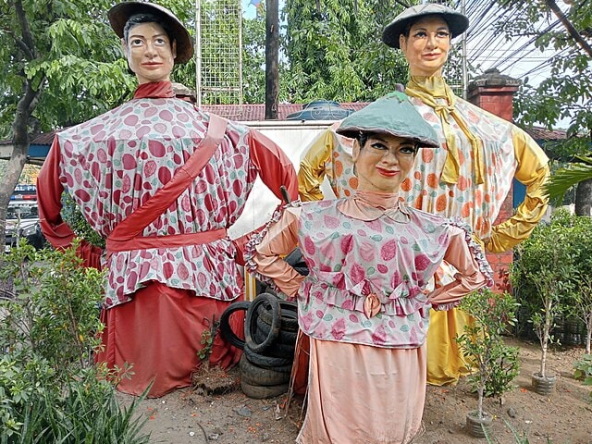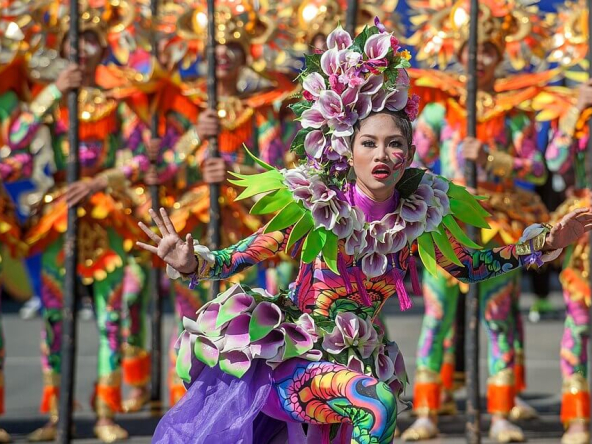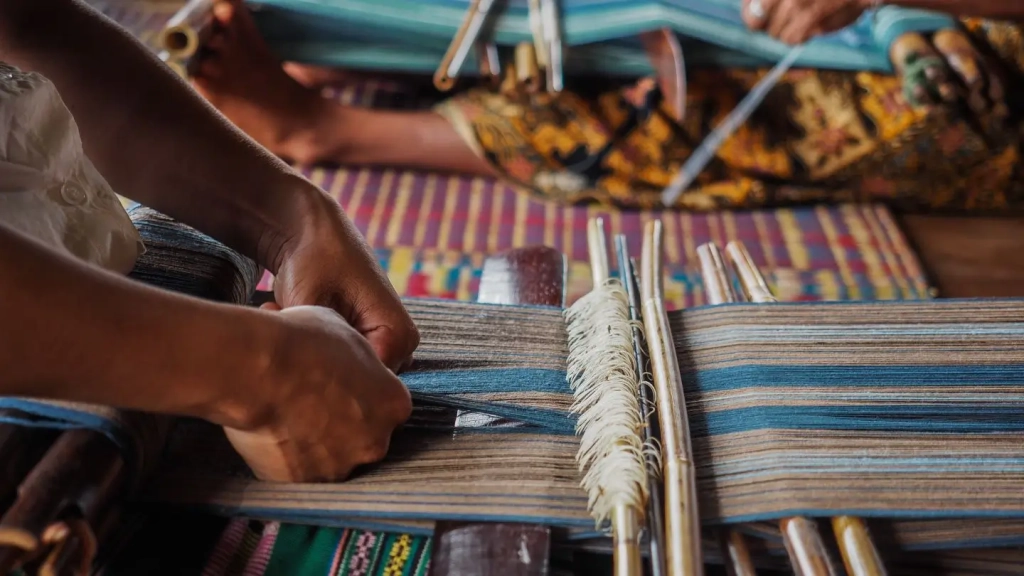
Weaving is an age-old tradition deeply rooted in Filipino culture, blending artistic expression, cultural identity, and livelihood. The creation of Filipino textiles is not only an intricate process passed down through generations but also a celebration of community and craftsmanship.
These handwoven textiles reflect the ingenuity of Filipino weavers, who transform raw materials like abaca fibers, pineapple fibers, local cotton, and other materials into eco-friendly fabric that showcases our heritage.
The Philippines is home to an array of textiles and fabrics in the Philippines that vary by region, design, and function.
These include indigenous fabrics with geometric patterns, traditional patterns, and different patterns, each bearing deep cultural significance. Using time-honored weaving techniques, indigenous weavers produce fine cloth that often incorporates famous fabrics like Inabel, T’nalak, and Hablon; some of the most popular fabrics in local and international markets.
The preservation of these local fabrics is also a conversation about authenticity and respect, especially in light of rising concerns over cultural appropriation. Promoting the continued production and use of Filipino fabrics sustains the cultural identity of many communities and honors their craft.
So, if you’re looking to support, celebrate, and preserve the Philippines’ rich textile heritage, here are some of the best local handwoven textiles and fabrics in the Philippines, and where you can find them today.
How does the Philippine Weaving Start?
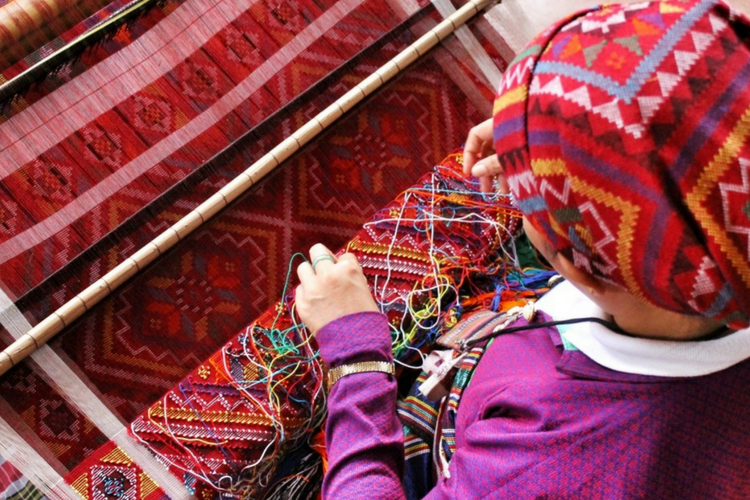
Before diving into the different kinds of local textiles in the Philippines, it’s important to understand how this rich tradition began. Weaving is not merely a craft, it’s a vital part of Philippine culture, deeply tied to our heritage, traditions, and way of life.
Historical records show that early evidence of weaving was found in a cave and dates back to 1255–605 BCE, while other accounts trace its roots to the 13th century, long before the arrival of Spanish conquistadors.
Back then, many Filipinos were already mastering the art of weaving using natural materials from their surroundings.
They transformed plant fibers such as abaca, cotton, and pineapple leaves into functional and symbolic cloth. These fibers were spun into threads and sewn into garments, accessories, and even ceremonial attire believed to attract good health or connect with ancestral spirits. For early Filipinos, weaving was not just utilitarian, it was spiritual.
Some believed that weavers, often women, could seek protection and good health through the act of creating fabric. The process became a sacred practice in some communities, symbolizing a connection between the physical and the divine.
The patterns woven into each fabric were more than decorative, they told stories, represented tribal identities, or served as prayers. Over time, this tradition evolved into the beautiful Philippine textiles we know today.
From T’nalak weavers of the South who create cloth from abaca, to the artisans who use pineapple leaves to craft the Barong Tagalog, weaving became an art form, showcasing various famous fabrics .
Today, Filipino weavers also blend natural materials with modern options such as polyester and silk to produce soft, elegant textiles that remain rooted in culture and history.
What are the Famous Fabrics in Luzon?
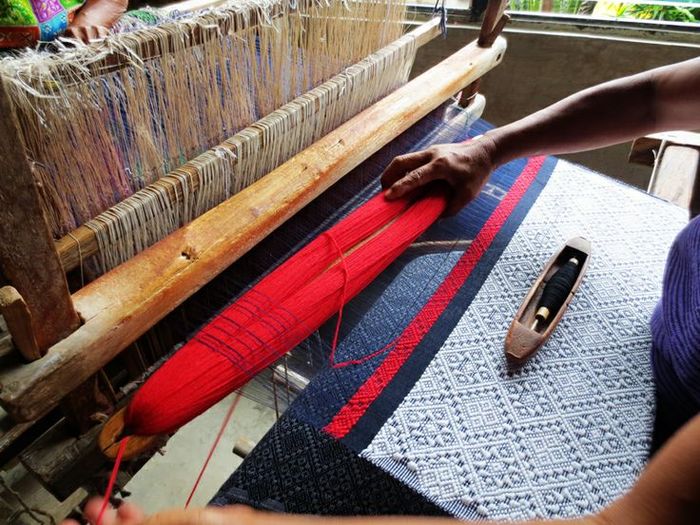
First on the list of well-crafted textiles in the country can be found in the northern part of the Philippines, most known as the Ilocos region. It produces “Inabel” or “Abel Iloko” fabric which refers to any material made purely within the cities of Ilocos.
It is a very distinct type of fabric popular for its patterns, softness, and strength. Unlike the following fabrics discussed in this blog, the Abel Iloko is made from a more common material: cotton.
If you’re wondering how the Abel Iloko cloth is produced, there is a tedious process. It is labor-intensive that requires several weaving techniques. Although there is already a presence of technology and machinery, Ilocano weavers stick to hardwood pedal looms, warp, and weft.
For Ilocano weavers, the vertical yarn (warp or gan-ay) and the horizontal yarn (weft or pakan) are more accessible and more comfortable to use. In addition, they’d get to preserve the old way of weaving.
Stop by the famous and historical Vigan city when you find yourself traveling into the north. You can buy Inabel fabrics with stars, windows, and fans’ designs and patterns there.
There are also chances to find a cute cat’s paw design imprinted into this hand-woven textile if you are a cat lover. You can choose from plenty of options, so don’t worry if you think you might go home empty-handed.
A simple tip: look for Inabel fabric or cloth with a Binakul pattern as it is believed to ward off evil spirits effectively.
What are the Most Popular Fabrics in the Visayas?
Piña Cloth in Kalibo, Aklan
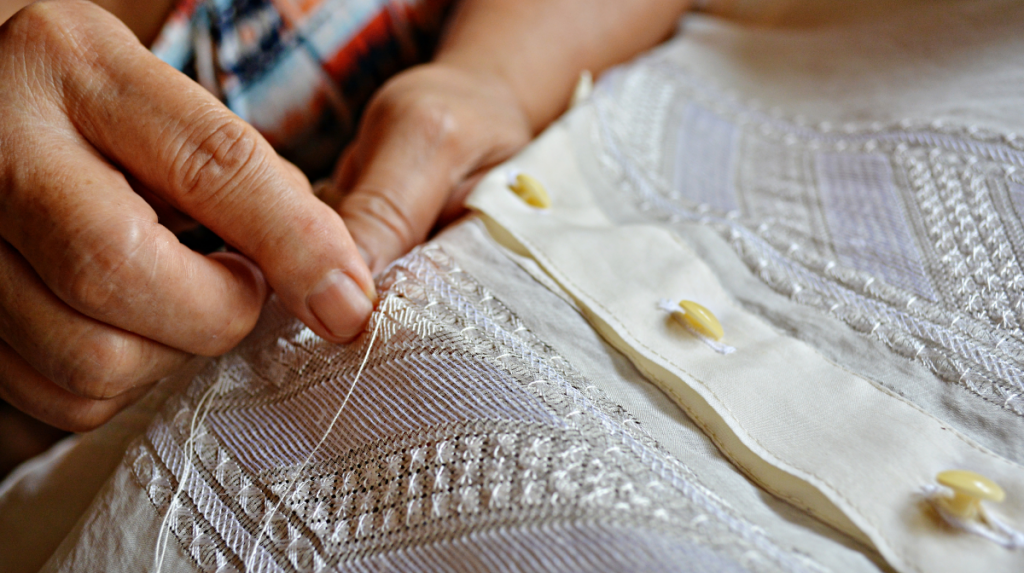
Bow your heads and welcome the “Queen of Philippine Textiles” – The Piña Fabric! It is the most common and most popular material used in creating national costumes, such as Filipina and Barong Tagalog. It is the aristocrat’s favorite during the early 19th century because it has tensile strength and breathable quality.
For a bit of background about Piña fabric or Piña cloth, it is made from a mature leave of a pineapple plant. Not just a simple pineapple plant, but those that grew in the Visayan region called Spanish Red pineapple.
Though there are a lot of pineapple trees in the country, it is better if the materials come locally. It takes about 18 months to fully mature, making it much faster than the abaca fabric. It is also biodegradable harvesting waste that can grow up to two meters in length. Each pineapple fruit usually has two to five leaves suitable for weaving.
You can find the most exquisite products and fabrics made from Piña fibers in the Western Visayas, particularly in Kalibo, Aklan. It is the leading manufacturer of pineapple and pineapple leaves (used to create Piña fibers), as it receives and experiences plenty of rainfall throughout the year.
In addition, you can buy the most delicate wedding veils, Barong Tagalog, and hand-woven handkerchiefs in this city. Each craft is intricately thin and glossy – perfect for any occasion, event, or theme.
On the other note, the Piña fabric remains superior when speaking about contemporary times. It is still the country’s most popular choice for haute couture and formal Philippine wear.
It is receiving global fame and interest for being sustainable, eco-friendly, and free from chemical refinement. Thus, it is also more expensive than other local fabrics because it is labor-intensive and time-consuming.
Hablon Fabric in Iloilo Province
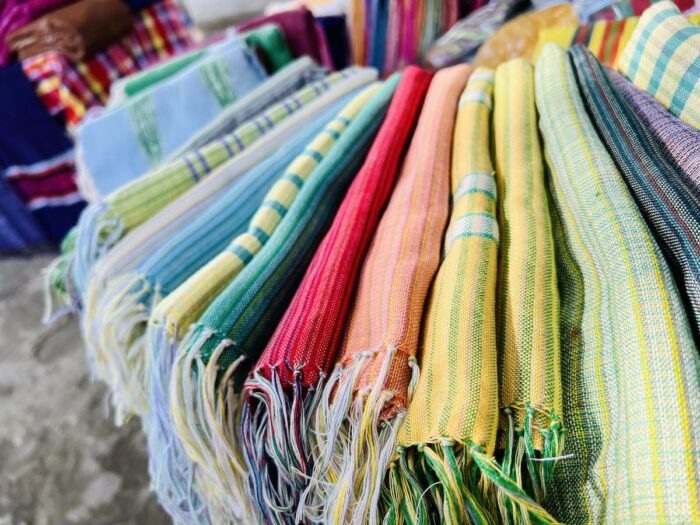
Now making an international wave is the colorful and hand-woven fabric of Miag-ao, Iloilo – the Hablon Fabric. It is now making noise globally because Filipino weavers are incorporating old age weaving styles into modern and contemporary designs. A well-renowned Filipino fashion designer, Rajo Laurel, is fond of using this hand-woven fabric for his international projects.
The Hablon fabric is primarily made out of “Just” fibers, which is a figurative offspring of abaca and Piña fibers. Still, eventually, weavers tried to use other materials such as cotton and polyester. Hence, it remains the essence of its name, “Hablon,” which means “hand-weaving” in the Ilonggo dialect.
Municipalities in Iloilo remained the most significant and outstanding manufacturers of Hablon fabric. The two towns of Miag-ao and Oton are on the rise in producing, selling, and exporting such delicate materials and pieces.
The production of Hablon in Iloilo is fully supported by its local government and officials. They are also convinced that this century-old weaving tradition and practice must continue. Currently, locals in Iloilo are still creating novelty items to boost their economy, tourism, and identity. Once you visit the province of Iloilo, you’ll see plenty of Hablon products such as bags, bandanas, slippers, picture frames, and Patadyong skirts.
What is the Most Notable Fabric in Mindanao?
Abaca Fabric in Southern Mindanao
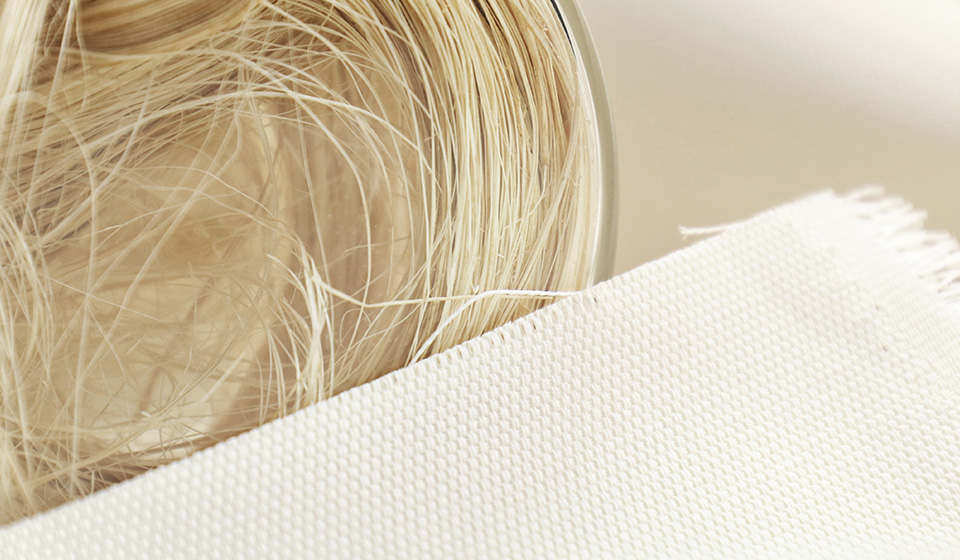
Usually, clothes worn by Philippine ancestors come from hemp materials, and solid proof of it is the presence of the abaca plant. It is a banana leaf species with a green, fat, and flat appearance. Since it doesn’t produce or bear fruits, it compromises its leaves by creating one of the most muscular fibers ever used in clothes. It is also known to be the most eco-friendly fabric best used in different forms of clothes as it requires little to no amount of water and electricity at all.
In terms of harvesting the abaca plant for clothing production, specific rules need to be followed. First, the trees that a harvester will cut should have a trunk of at least 14 to 18 inches in diameter of a circle. Those who don’t pass or succeed the required inches shall be left alone.
They must remain in their roots so that the quality of the fiber is strong enough to produce some clothes. An abaca plant grows at an estimated two to three years before reaching such needed size. It takes some time to grow plants. They must leave a few inches before officially cutting the plant. This process will help the abaca to regrow instead of planting a new one.
For the actual crafting of abaca fibers, it is known to be widely used in different parts of the country. Hence, none can surpass how the T’boli tribe can make artistic, unique, and well-crafted abaca pieces. The T’boli tribe in Southern Mindanao is so good at their craft that their hand-woven “Nalak” cannot be copied by anyone else in the country. Only the masters in weaving can do this, so there’s no wonder it is one of a kind in the world.
On the other hand, others practicing traditional weaving inside the T’boli tribe create tubular skirts for men and patterned garments for women. They also make bags, slippers, accessories, and native clothing – an epitome of how fashion can still be eco-friendly.
The members of the tribe either used the products in their day-to-day lives or sold them to tourists for profitable income. Either way, these crafts bear an artistic sense while helping to minimize harmful materials’ use.
What is the Significance of Philippine Weaving today?
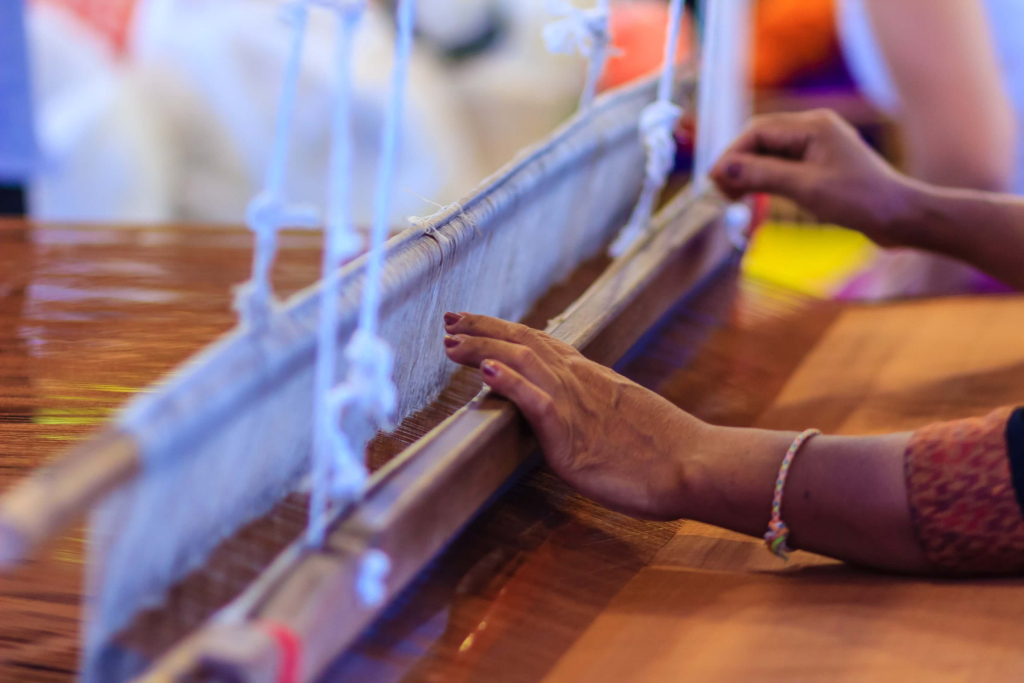
Weaving plays a massive role in promoting the identity, culture, and arts of the Philippines. It showcases how a collection of tiny fibers can turn into traditional and revolutionary clothes. Aside from that, it also reflects the beliefs that every tribe and region that the Philippines has. Through weaving, indigenous people can artistically express themselves.
The use of different patterns and colors represents their desire and affection. Some even incorporated the design through their sacred rituals. Figures of death, war, healing, mourning, and harvest are so intricate that you’d think your part of something valuable and good.
In today’s time, all hopes that this traditional process lives on. It is a reflective and unifying factor that binds culture and communities. Hopefully, everyone realizes how each member of society is like a thread capable of creating something great if combined and united.
Weave Dreams with Camella in General Santos City
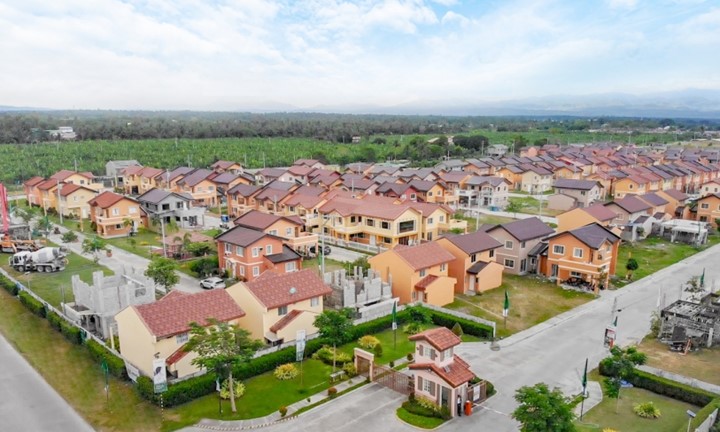
Traditional weaving in the Philippines is a powerful metaphor for how something seemingly simple, just a thread and a few tools, can transform into a meaningful masterpiece. Whether it’s a blanket, a barong, or everyday clothes, handwoven creations made from raw materials like cotton and silk reflect centuries of skill, beliefs, and artistry.
These indigenous fabrics, rich in cultural significance, carry the soul of our country, stitched with stories, patterns, and the spirit of our communities. Much like how weavers have spent centuries creating intricate fabrics worn across generations, building your dreams also requires patience, vision, and the right foundation.
Just as weavers carefully choose their materials and design with style in mind, you too must find the right place to nurture your aspirations. Whether you’re drawn to a vibrant lifestyle or a peaceful retreat, Camella in General Santos City offers a community where your dreams can be woven into reality.
Camella’s house and lot developments in Gensan are a popular choice for many families, thanks to thoughtfully designed homes that cater to different kinds of preferences and needs. These homes are built with quality in mind, blending modern comfort with the warmth of home.
With resort-themed amenities like a swimming pool, basketball courts, playgrounds, and lush greenery, you’ll enjoy a lifestyle that mirrors the beauty of a carefully woven textile, balanced, functional, and full of life. Even better, Camella’s developments are nestled in sustainable, master-planned communities—offering not just houses, but a place where you can preserve your values, connect with others, and grow.
Just like a well-made fabric that’s designed to last, Camella ensures long-term value and security with 24/7 guarded gates and CCTV systems. It’s more than just clothing your lifestyle, it’s about sheltering your dreams and giving them space to flourish.
So, why wait? Whether you’re just starting to blend your vision for the future or are ready to take the next step, let Camella in General Santos City be your loom of possibility. Here, in a thriving corner of the world, your dreams can finally take form, thread by thread, home by home.
There’s no second-guessing if you can achieve your dreams when you reside in self-sustained communities of Camella Gensan, and the upcoming Camella Trails Gensan.
What are you waiting for? Weave dreams with Camella in General Santos City now.

Check out our Houses for sale in GenSan City
Discover our house and lot for sale in General Santos City
